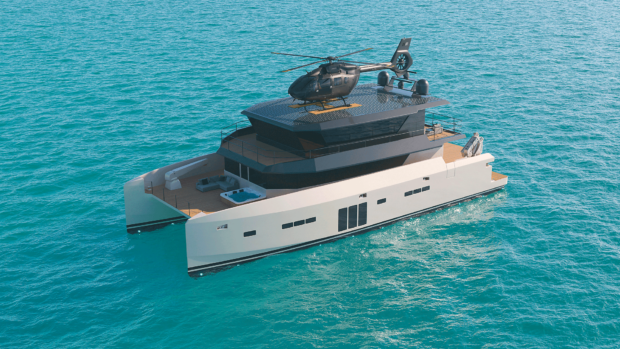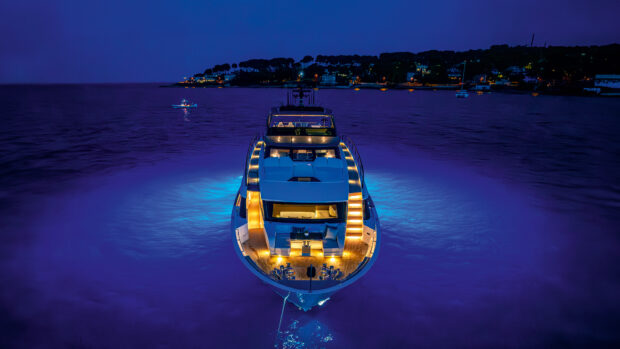Send us your solution to the latest boating conundrum.
 The problem:The early season boating on board your newly purchased second hand 42ft twin-diesel flybridge cruiser has gone pretty well so far. It has been an enjoyable couple of weeks of getting to know the boat and taking day cruises around your local harbour. You’re now looking to stretch your cruising legs with a trip outside the harbour to anchor off a secluded beach. Before you left that morning, while your crew were loading the food and wine for a fun day in the sunshine, you undertook your pre-departure checks as usual. Everything seemed to be working fine and you set off in high spirits.
The problem:The early season boating on board your newly purchased second hand 42ft twin-diesel flybridge cruiser has gone pretty well so far. It has been an enjoyable couple of weeks of getting to know the boat and taking day cruises around your local harbour. You’re now looking to stretch your cruising legs with a trip outside the harbour to anchor off a secluded beach. Before you left that morning, while your crew were loading the food and wine for a fun day in the sunshine, you undertook your pre-departure checks as usual. Everything seemed to be working fine and you set off in high spirits.
Half an hour later your high spirits are shattered by the piercing shriek of the high-temperature alarm. Your heart sinks – you hope it’s something simple but you have visions of a £2,000 bill from the boatyard for locating it and fixing it. And a more immediate concern is that the engine might blow at sea. You check all the obvious causes. The props aren’t fouled, there’s nothing blocking the raw-water intakes, the seacocks are fully open and the strainers are clear. Water appears to be flowing from both exhausts at the same rate and a check of all the hoses reveals that none are chinked or obstructed. Nor is there a leak in the system. It must be something else. Come on, you’re the skipper, what are you going to do now?




